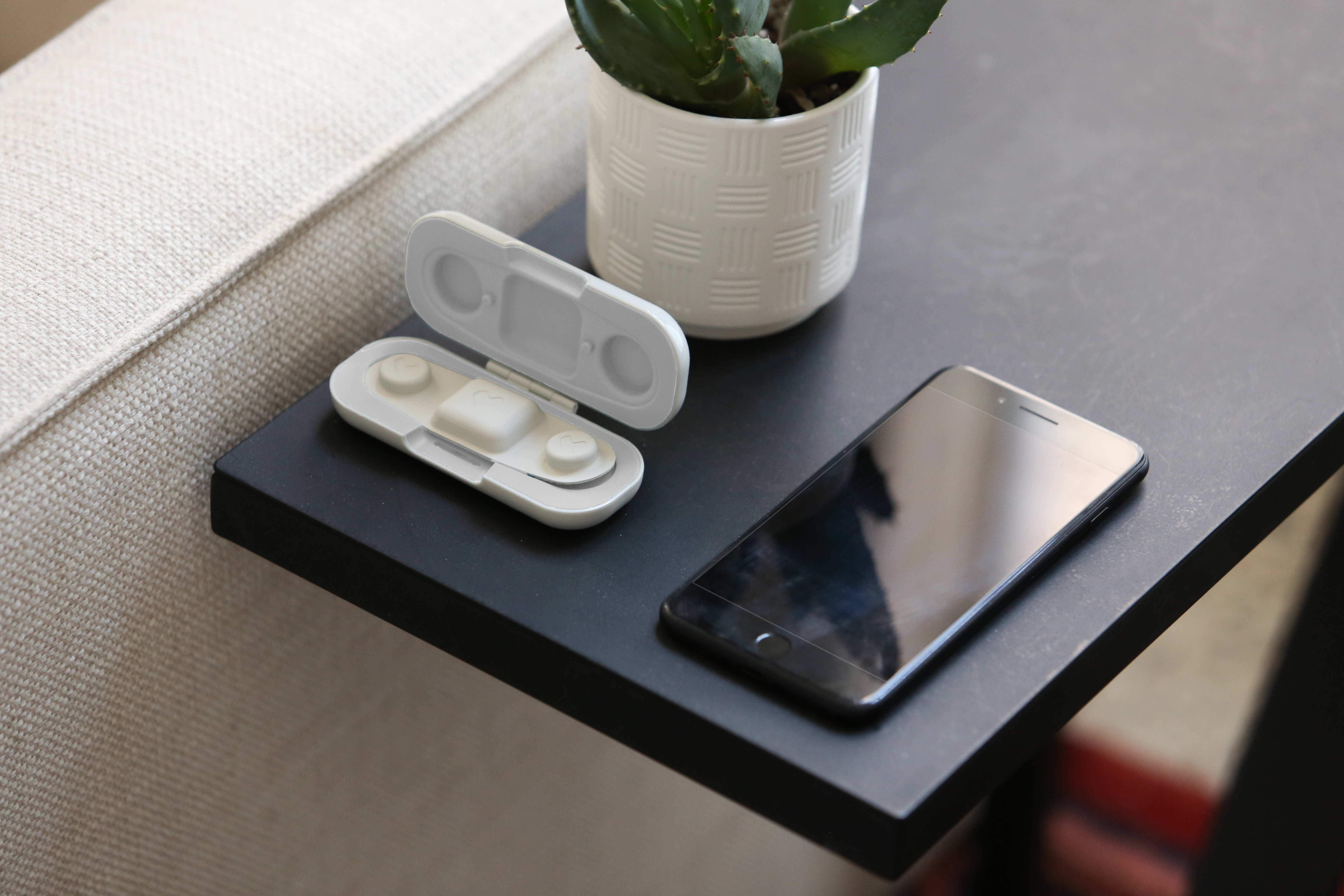
Clinical trials depend on accurate data, but traditional methods like site visits and patient-reported outcomes can leave gaps. Infrequent check-ins may miss important changes, and relying on memory can lead to recall bias, making it difficult to assess treatment effects and catch safety concerns early.
Remote patient monitoring (RPM) devices, particularly wearables, are giving clinical researchers a clearer and more continuous view of patient health. Instead of relying on occasional in-clinic visits, researchers can now track real-time data as patients go about their daily lives. This reduces gaps in data, makes it easier for patients to stick with trials, and allows researchers to spot trends or issues faster.
As more studies integrate RPM and decentralized trial models, the industry is shifting toward more efficient, cost-effective, and patient-centric research, ultimately bringing new treatments to patients faster.
RPM devices significantly improve data quality by enabling continuous physiological monitoring. One major advantage is their ability to detect subtle physiological changes that might otherwise go unnoticed between clinic visits.
In one study, a 14-day adhesive ECG patch detected 96 arrhythmia events — 57% more than a traditional 24-hour Holter monitor. Similarly, an oncology trial used Vivalink's continuous temperature monitor to detect fluctuations that spot-check thermometers might have missed.
Regulatory agencies, including the FDA, have recognized the role of digital health technologies in modernizing clinical trials. Recent guidance encourages the use of in-home remote monitoring to reduce patient burden, improve data collection accuracy, and expand access to diverse populations — making trials more inclusive, cost-effective, and scalable.
Patient retention remains a major challenge in clinical trials, with dropout rates reaching 30% due to logistical barriers and frequent site visits. RPM minimizes these burdens by passively collecting data, which reduces the need for in-person check-ins or disrupting their daily routines.
Researchers needed a way to track atrial fibrillation (AFib) over the long term, but single-use ECG devices would have led to gaps in data and higher costs. In a multi-year study with over 1,000 patients, they used Vivalink’s continuous ECG monitor. It gave them uninterrupted tracking, improved patient retention, and lowered trial costs — without adding extra burden on participants.
Beyond improving accuracy and retention, RPM reduces clinical trial costs. Traditional site-based trials require frequent patient travel, staff coordination, and manual data collection. While RPM devices involve upfront expenses, they reduce overhead costs by minimizing in-person visits, staff time, and site expenses.
A study evaluating seven types of remote monitoring tools, including wearables, smartphone apps, and web portals, found that RPM users had fewer hospital admissions, shorter stays, and lower healthcare costs. The study also confirmed that RPM enhances patient safety and adherence. These benefits extend to clinical trials, leading to more reliable trial data and fewer costly disruptions.
While RPM offers clear advantages in clinical trials, widespread adoption depends on overcoming key challenges — particularly usability, integration, and accessibility.
Devices need to be easy to use, especially for older adults and those who are less tech-savvy. Complicated setups or frequent charging can frustrate patients and lead to lower adherence. Wearables that are lightweight, wireless, and have long battery life make participation easier and ensure more reliable data collection.
Integration with clinical trial platforms is just as important. Without it, researchers can get overwhelmed by large volumes of data or miss important trends. RPM solutions with centralized dashboards make it easier to monitor patient data, track adherence trends, and detect abnormalities from a single interface — all from one place.
As regulatory agencies continue to support decentralized trials and RPM adoption accelerates, these technologies are becoming essential for the future of clinical research. Trial sponsors that integrate RPM now will be positioned for more efficient studies, improved retention rates, and faster treatment approvals.
VivaLNK, Inc.
51 E. Campbell Avenue, Suite 160
Campbell, California 95008
Sales: info@vivalink.com
Support: support@vivalink.com
No Comments Yet
Let us know what you think